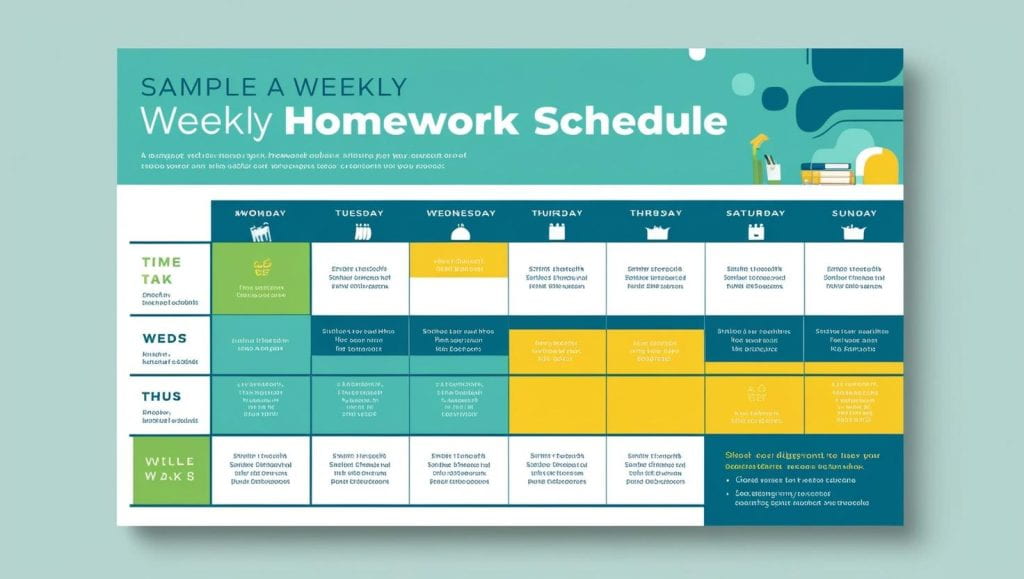SQL (Structured Query Language) is an essential skill for anyone working with databases, but tackling SQL homework can feel overwhelming at first. Don’t worry; with a few strategies and the right tools, you can complete your SQL assignments with ease and confidence. Let’s dive into how you can simplify this process step-by-step.
Understanding SQL Basics
Why Knowing SQL Syntax is Crucial
The foundation of SQL lies in understanding its syntax. SQL uses specific commands like SELECT, INSERT, and UPDATE to interact with databases. Without a grasp of basic syntax, writing even simple queries becomes a guessing game. For instance, forgetting to include WHERE in a DELETE statement might erase the entire table instead of specific rows.
Common SQL Commands You Must Master
Focus on mastering fundamental commands such as:
SELECTfor retrieving data.INSERT INTOfor adding data.UPDATEto modify existing records.DELETEfor removing records.JOINto combine tables.
These commands form the backbone of most SQL assignments.
Importance of Understanding Database Structures
To excel at SQL, you must also understand how databases are structured. Concepts like tables, rows, columns, and relationships are pivotal. Use diagrams to visualize the relationships between tables and how they connect through keys (primary and foreign).
Planning Your SQL Homework
Analyzing the Homework Requirements
Start by reading the assignment instructions thoroughly. What is the task asking you to achieve? Is it focused on data retrieval, manipulation, or both? This step ensures you don’t waste time on irrelevant tasks.
Breaking Down the Assignment into Manageable Parts
Divide your work into smaller sections, such as creating tables, inserting data, and writing specific queries. Completing one section at a time keeps you focused and prevents overwhelm.
Setting a Realistic Timeline
Allocate time to each part of the assignment. For instance, if creating tables takes 30 minutes, writing and testing queries might need an hour. Stick to this timeline to finish your homework efficiently.
Tools and Resources for SQL Homework
Using SQL IDEs for Streamlined Coding
An Integrated Development Environment (IDE) like MySQL Workbench or SQL Server Management Studio simplifies writing and testing SQL code. These tools often have features like syntax highlighting and error detection that save time.
Leveraging Online SQL Tutorials and Documentation
Platforms like W3Schools, GeeksforGeeks, and official SQL documentation provide step-by-step guides and examples. Bookmark these resources for quick reference.
Advantages of SQL Query Builders
For beginners, SQL query builders such as dbForge Query Builder can be lifesavers. These tools let you create queries by selecting options in a graphical interface, reducing the chances of syntax errors.
Step-by-Step Approach to Completing SQL Tasks
Connecting to the Database Correctly
Ensure that your database connection is properly set up before diving into the assignment. Test the connection using a simple SELECT query to verify everything works.
Writing Efficient Queries for Data Manipulation
When working with large datasets, performance matters. Use indexing, avoid redundant subqueries, and write concise WHERE clauses to optimize your queries.
Debugging and Testing SQL Code
Test each query individually to ensure it works before moving on. Use print statements or tools like SQL Server Profiler to debug more complex queries.
Tips for Simplifying SQL Assignments
Using Sample Data to Test Queries
One of the easiest ways to test your SQL code is by using sample data. Create small, representative datasets that mimic the structure of your actual database. This allows you to troubleshoot and refine your queries without affecting the main dataset. For instance, if you’re tasked with analyzing sales data, mock up a small table with a few rows and test your GROUP BY or HAVING clauses there.
Automating Repetitive Tasks
Repetitive SQL tasks, such as inserting bulk data or generating reports, can be automated using scripts or batch files. Many IDEs and tools like Python with SQL libraries (e.g., sqlite3, pymysql) can help you automate tasks, saving valuable time. For example, writing a Python script to loop through data entries can streamline data insertion significantly.
Collaborating with Peers and Experts
SQL assignments often involve concepts that are easier to grasp with collaboration. Work with classmates or reach out to forums like Stack Overflow for advice. Discussing your queries or debugging with SQL homework helpers & peers can reveal mistakes or alternative approaches you might not have considered.
Avoiding Common Mistakes in SQL Homework
Misunderstanding Query Requirements
Carefully read your assignment instructions to ensure you understand the expected output. Misinterpreting the problem can lead to wasted effort. For example, if the assignment asks for the “total revenue by region,” don’t just calculate overall revenue—break it down by region using GROUP BY.
Ignoring Normalization Rules
Normalization is crucial for avoiding redundant data and maintaining database efficiency. Avoid the temptation to dump all data into one table. Instead, split it into related tables and use keys to connect them. This step not only ensures data integrity but also makes queries more manageable.
Neglecting to Test for Edge Cases
Always test your queries for edge cases. What happens if a column contains NULL values? Does your JOIN handle scenarios where some data is missing? Anticipating these issues upfront can save you from headaches later.
Best Practices for Excelling in SQL Homework
Commenting and Formatting Your Code
Well-commented and formatted code isn’t just for professionals; it’s a habit you should develop early. Use indentation and add comments to explain your logic, especially for complex queries. This not only helps you but also makes it easier for your instructor to understand your work.
Keeping Queries Optimized for Performance
Efficiency matters, particularly for large datasets. Avoid unnecessary SELECT * queries when you need specific columns. Use indexed columns in WHERE clauses to speed up searches. Additionally, combine related queries whenever possible to reduce database calls.
Documenting Your Work for Better Understanding
Keep a log of the queries you write and their outcomes. If something goes wrong, you can refer to your notes to trace the issue. Tools like Excel or a simple text document can be used to maintain this log.
Online Assistance for SQL Homework
SQL Help Forums and Communities
When you’re stuck, communities like Stack Overflow, Reddit’s r/SQL, or dedicated SQL forums can provide answers and insights. Search for similar queries or post your question with a clear explanation of your issue.
Professional SQL Assignment Help Services
Sometimes, professional help is the quickest route to a solution. Services like Chegg, TutorsOnNet, or freelance platforms like Fiverr and Upwork connect you with experts who can guide you through your homework.
Using AI Tools for SQL Query Assistance
AI-powered tools like ChatGPT, AI query generators, or IntelliCode can help with writing and optimizing queries. However, remember to use these tools as a supplement, not a crutch, to enhance your understanding of SQL.
Benefits of Mastering SQL Through Homework
Building a Strong Foundation for Database Management
Completing SQL homework equips you with a robust understanding of database management principles. This knowledge forms the bedrock of advanced skills like database administration or data analysis.
Enhancing Problem-Solving Skills
SQL assignments often require you to think critically and solve real-world problems. This hones your analytical skills, which are invaluable in any technical field.
Preparing for Real-World Applications
SQL is widely used in industries ranging from finance to healthcare. By mastering SQL homework, you’re preparing yourself for projects that require managing and analyzing complex datasets in professional settings.
Conclusion
SQL homework doesn’t have to be a daunting task. By understanding the basics, planning your work, using the right tools, and following best practices, you can approach your assignments with confidence and efficiency. Remember, every SQL problem you solve brings you one step closer to mastering this essential skill. Take it one query at a time, and soon, SQL will feel like second nature.






